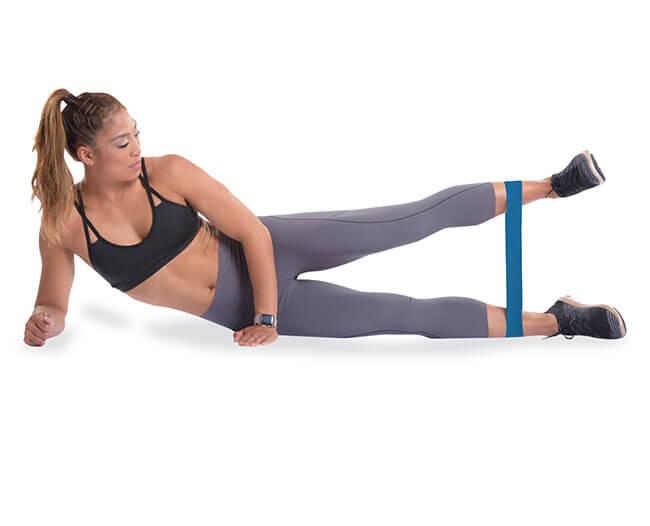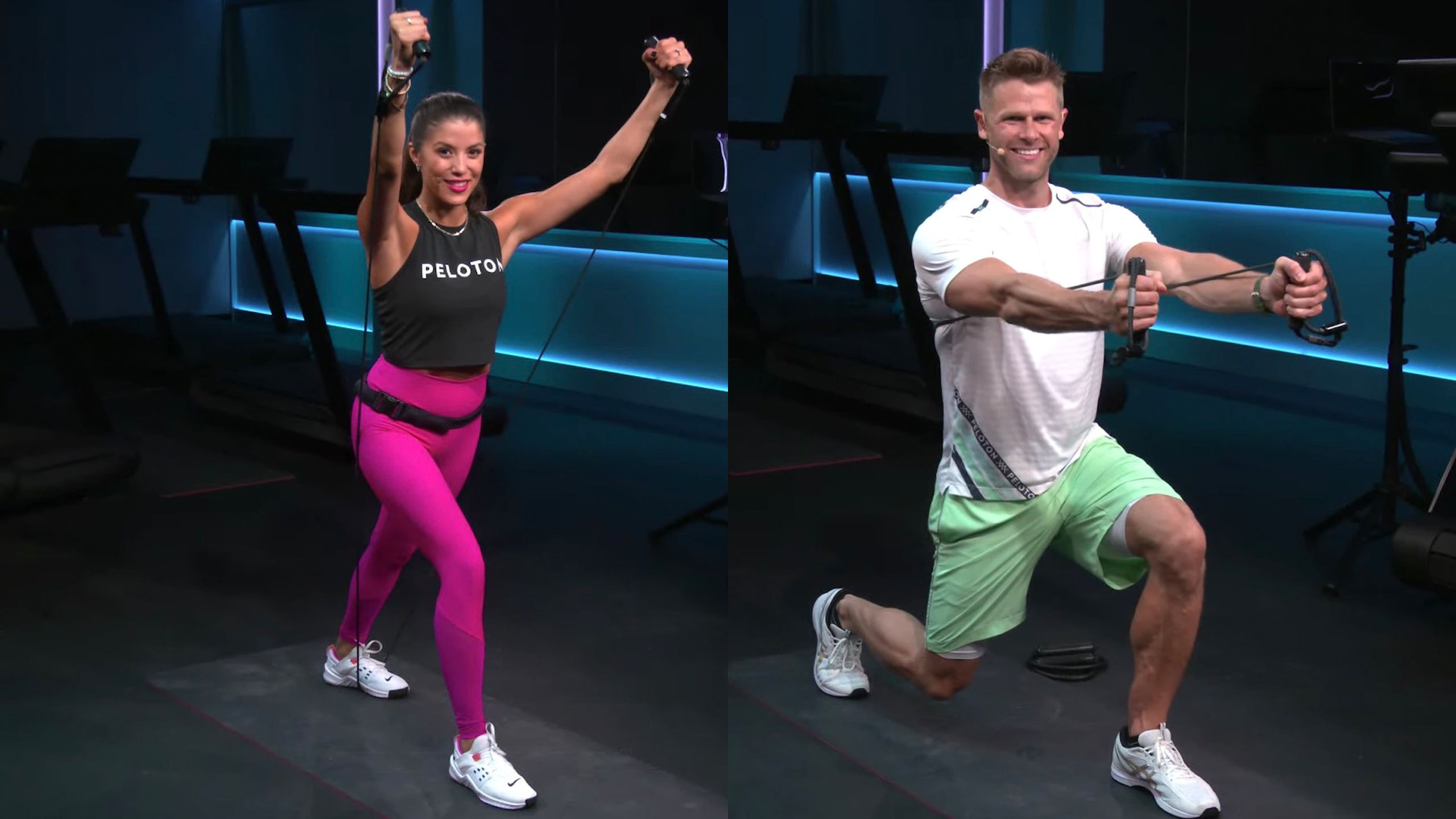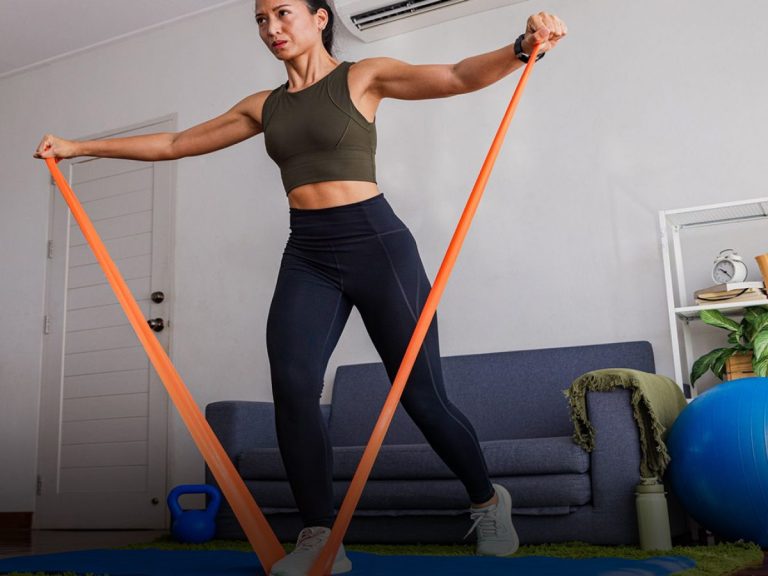Resistance bands are sometimes overlooked as just colourful strips of rubber. However, these bands are versatile tools that enhance your workout and maximise results. While they are simple since all they seemingly do is stretch, resistance bands offer a low-impact workout that is effective in strengthening and toning the muscles. Resistance bands can be beneficial to anyone, from beginners to seasoned fitness enthusiasts.
Even if you use traditional weights, you can consider adding resistance bands to your workout since they provide different benefits that traditional weights do not. In today’s article, we will delve into the several reasons you should add resistance bands to your workouts, according to ACE-certified personal trainer Erin Nitschke in a Yahoo Life report.
1. They Build Strength Without Heavy Weights
Resistant bands are often disregarded due to the misconception that they are only useful for stretching. However, these bands force your muscles to work harder due to the tension they create, impacting your entire motion. By adding tension, though, to exercises like squats and bicep curls, your workout becomes more effective. Nitschke stated that these are great for building strength without heavy gym equipment.
For instance, using resistance bands when you are doing squats will activate your muscles and strengthen them without you having to use heavy dumbbells or barbells. The bands around your thighs will engage your glutes, quads, and hamstrings longer.
2. They Improve Flexibility and Mobility
Resistant bands can help you to improve your flexibility and mobility. When used during stretching routines, you can master certain poses better over time and release tight muscles. According to Nitschke, resistant bands are perfect for warm-ups and cool-downs.
For instance, you can become significantly more flexible when you do hamstring stretches with a resistant band. It also prevents you from overdoing it, which can lead to injuries. Athletes and dancers can enhance their range of motion by adding resistance bands to their stretch routines.

3. They’re Gentle on Joints and Perfect for Rehabilitation
People recovering from injuries or who have issues with their joints can benefit from using resistance bands. These bands help them to rebuild strength and prevent them from injuring themselves further or straining. Many individuals in rehabilitation have been recommended by therapists to use resistance bands over heavy weights, as that equipment puts more pressure on your joints, according to Nitschke. Resistance bands offer smooth, controlled movement, making them the ideal strength-building workout tool for individuals with certain conditions like arthritis knee pain or patients recovering from back surgeries.
4. They Help Improve Core Stability and Balance
According to Nitschke, Resistant bands help to strengthen your core and promote balance. This is because your stabiliser muscles are forced to work harder. One of the best examples of how resistance bands strengthen your core is when you do the standing lateral band walk. This workout involves putting a resistant band around your ankles and stepping side to side. As a result, your legs are strengthened, and your core muscles maintain stability, which improves posture.

5. They’re Affordable, Portable, and Travel-Friendly
Instead of buying expensive gym equipment, you can buy resistance bands, as they are extremely affordable. Along with being budget-friendly, you can take them anywhere with you. If you are going on a short trip, Nitschke recommends putting a resistant band in your bag since it is lightweight and takes up little to no space.
How to Get Started with Resistance Bands
If you decide to add resistance bands to your routine, you can try beginner-friendly workouts like Banded Squats, which involves placing the band above your knees and squatting; Glute Bridges, which involves putting the band around your thighs while lifting your hips; and Seated Rows, which involves putting the band around your feet and pulling the ends toward your chest.

